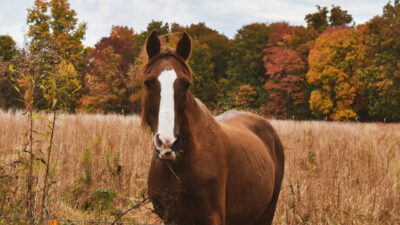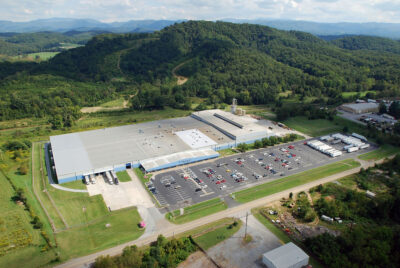Ontario Business Trends
Demand Up For Some Lumber Species In Ontario
Demand for hardwood is often lower in August as families take summer vacation, with a noted slowdown in demand from overseas markets at this time. Production did not increase much through August, and so few items are in excess supply, while other items are scarce.
Although supply and demand of kiln-dried Ash are nearly equal, both are at relatively low levels. With Ash logs being exported and decimation caused by the Emerald Ash Borer, they are causing constraints to production of this species. Export markets such as Northern Europe, Vietnam and China are interested in Ash lumber, while domestic demand is seen as slow.
At this time demand for Aspen is not great and so sawmills are not producing it. This results in insufficient supplies for green Common grades. Kiln-dried Aspen production and demand are reported to be in a similar situation.
Basswood demand has waned over the past few years in both international and domestic markets. This species has been supplanted by other species in certain cases, or engineered wood or non-wood products in others.
Aspen production is low from sawmills. Green lumber is selling well for FAS and Select grades, but there are not enough buyers for the Common grades. Kiln- dried Aspen business is mixed, noted contacts.
Basswood sales are mostly going to shutter and window blind manufacturers, due to this species being replaced by other species instead, or engineered wood and non-wood products. The reduction in availability has resulted in price stabilization, and more recently, to firm up.
Birch sales are non-existent, or very slow to sell – a big change that has been noticed from previous reports.
Residential flooring has also reduced their purchase of No. 2A and No. 3A. Birch sorted for red color is also scarce, contacts confirmed.
Businesses Rise To The Challenge Of Being Profitable
Hard Maple demand from secondary wood products manufacturers and wholesalers have increased. This is based mostly on inventory usage rather than increased consumption or higher demand. Selling well are the 4/4 FAS and 4/4 No. 1 Common. Demand is less for No. 2A, which lags the No. 1 Common and Better grade. Sawmills are working hard to avoid staining. Most grades and thicknesses of green Hard Maple are selling well.
Prices are noted to be high for Soft Maple logs. Therefore, some sawmills are avoiding producing it to the extent possible.
Imports of Red Oak logs from the U.S. into Canada and more shipments to Vietnam kept this species as a top seller over the first half of 2025, despite the drop in sales to Chinese markets. Interest in this species remains consistent.
However, truck trailer flooring plants reduced their purchases, while demand from residential flooring producers increased.
The usual lull in exports to Europe over the summer caused a reduction in White Oak demand. Sales on domestic markets were more favorable, although not strong. Demand has been steady from residential flooring manufacturers for this species.
The Ontario government is investing over $9.1 million in five forestry-related projects in Eastern Ontario through its Forest Biomass Program, aiming to protect jobs, boost productivity, and develop new markets for forest biomass.
The funding supports projects that utilize underused wood and mill by-products, advancing innovation in biochar production, sustainable steelmaking, and bioenergy.
Funded recipients include: Haliburton Forest Biochar – $4.6 million for efficient biochar production; Infinite Carbon – $3.37 million to build a pilot plant for sustainable steelmaking biocarbon; Killaloe Wood Products – $952,000 for mobile biomass equipment; McRae Mills – $146,000 for upgraded biomass processing equipment; and Bancroft Minden Forest Company – $20,000 for a forest biomass opportunity study.
These projects are expected to create local jobs, enhance regional economic growth, and expand Indigenous participation in the forestry sector. The initiative is part of Ontario’s broader Forest Biomass Action Plan (2022) and builds on the $40 million invested to date across more than 50 projects.
Ontario invested $11 million in Northeastern Ontario projects in May 2025. Ontario’s forest sector generated $21.6 billion in revenue from the sale of manufactured goods and services in 2023 and supported over 128,000 direct and indirect jobs in 2024. Wood produced from Ontario’s Crown forests is a renewable resource, a clean energy source, and a sustainable, and biodegradable, alternative to single-use plastics.










